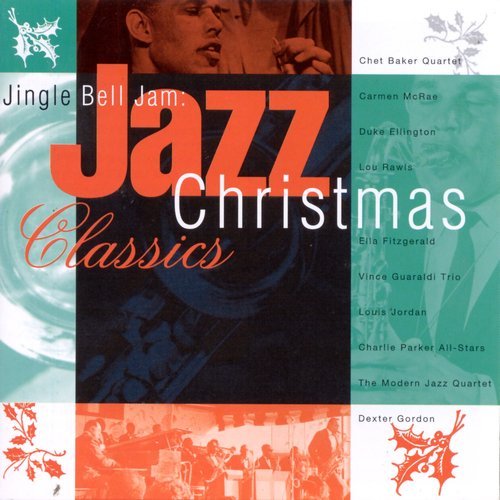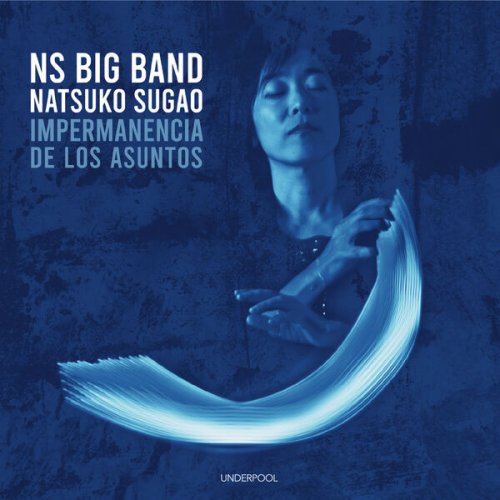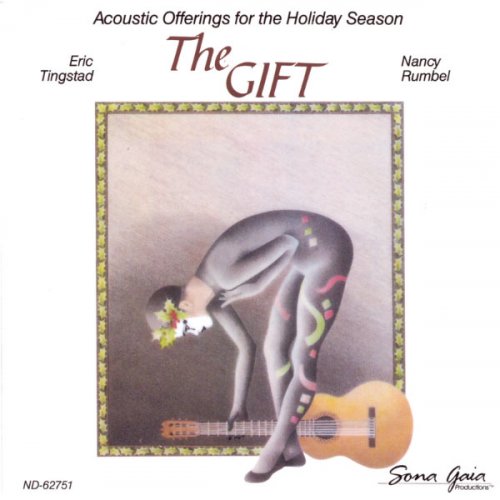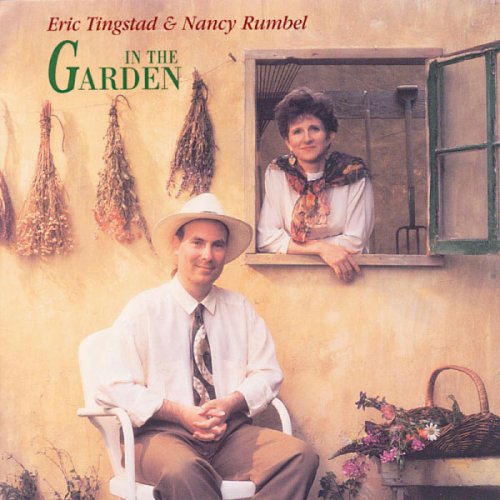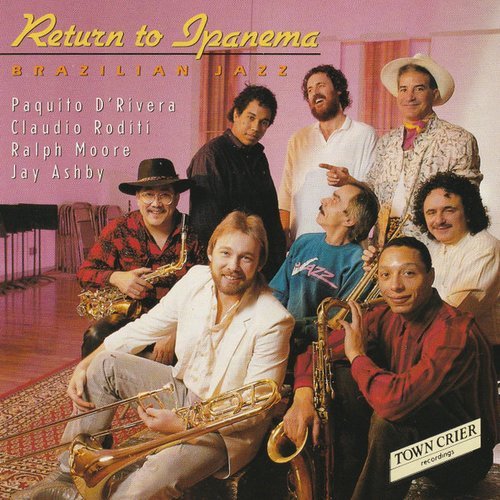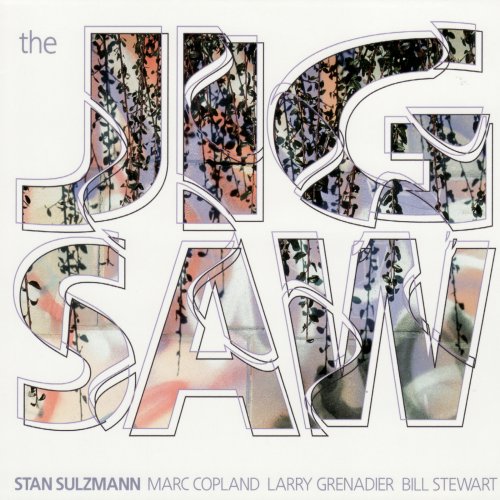Jordi Savall - La Folia 1490-1701 (1998)
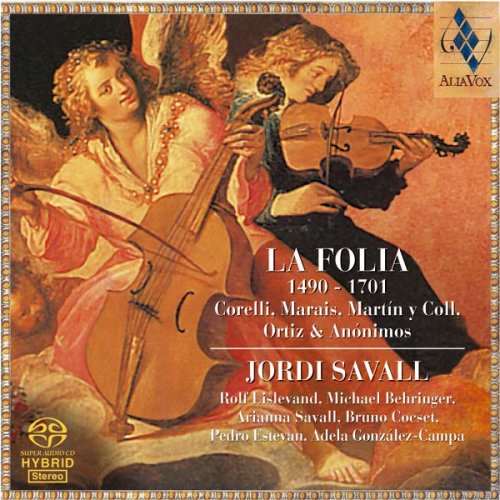
Artist: Jordi Savall
Title: La Folia 1490-1701
Year Of Release: 1998
Label: Alia Vox
Genre: Classical
Quality: FLAC (image+.cue,log,scans)
Total Time: 54:45
Total Size: 380 Mb
WebSite: Album Preview
Tracklist: Title: La Folia 1490-1701
Year Of Release: 1998
Label: Alia Vox
Genre: Classical
Quality: FLAC (image+.cue,log,scans)
Total Time: 54:45
Total Size: 380 Mb
WebSite: Album Preview
01. Anonyme
I Folias Antiguas
Folia: Rodrigo Martinez, 1940
Improvisations D'Apres Le Villancico Du Cancionero De Palacio
02. Diego Ortiz
Recercada Quarta Sobre La Folia. 1553
03. Antonio De Cabezon
Folia: Para Quien Crie Yo Cabellos, 1557
D'Apres Venegas De Henestrosa
04. Diego Ortiz
Recercada Ottava Sobre La Folia, 1553
05. Juan Del Enzina
Folia: Hoy Comamos У Bebamos, Vers 1520
06. Antonio Martin Y Coll
II Diferencias Sobre Las Folias
D'Apres Le Mss. Flores De Musica, 1357-60
07. Arcangelo Corelli
III Follias, 1700
Op. 5, Roma 1700
08. Marin Marais
IV Couplets De Folies, 1701
Second Livre De Pieces De Mole, Paris, 1701
Performers:
Jordi Savall (violes de gambe)
Rolf Lislevand (vihuela, guitar, théorbe)
Michael Behringer (clavecin, organo di legno, claviorganum)
Arianna Savall (harpe triple), Bruno Cocset (basse de violon)
Pedro Estevan (percussion)
Adela Gonzales-Campa (castagnettes et grelots ‘cascabeles’)
After years of playing the various Folias by Diego Ortiz, Antonio de Cabezón, Antonio Martín y Coll, Arcangelo Corelli and Marin Marais, it became clear to us that there were certain links between the origin and evolution of the important art of musical improvisation and variation and the viola da gamba, or bass viol, itself.
In fact, it is no mere coincidence that, throughout the 16th century, and in places as different as France (Adrian Le Roy, 1551), Italy (Vicenzo Ruffo, 1564) and Germany (Matthäus Waissel, 1573), we find references in the various manuscripts and printed documents to the term “gamba”, used as a synonym for “Folia”.
Throughout the 16th and 17th centuries, and long before the appearance of the violin, the bass viol was the most widely used bowed instrument for improvisation on a basso ostinato. According to the various treaties and historical references (Diego Ortiz, Aurelio Virgiliano, Christopher Simpson, André Maugars, etc..), a good musician should be able to carry out and improvise variations on a song, a theme or a bass continuo during a concert or any other musical performance (see Maugars, 1638). In the case of creative a creative genius such as Ortiz, Cabezón, Martín y Coll, Corelli or Marais, improvisation blossomed into masterpiece.
This aim of this CD is therefore to bear witness to an art which contributed so much to the evolution of the language of instrumental music.
In fact, it is no mere coincidence that, throughout the 16th century, and in places as different as France (Adrian Le Roy, 1551), Italy (Vicenzo Ruffo, 1564) and Germany (Matthäus Waissel, 1573), we find references in the various manuscripts and printed documents to the term “gamba”, used as a synonym for “Folia”.
Throughout the 16th and 17th centuries, and long before the appearance of the violin, the bass viol was the most widely used bowed instrument for improvisation on a basso ostinato. According to the various treaties and historical references (Diego Ortiz, Aurelio Virgiliano, Christopher Simpson, André Maugars, etc..), a good musician should be able to carry out and improvise variations on a song, a theme or a bass continuo during a concert or any other musical performance (see Maugars, 1638). In the case of creative a creative genius such as Ortiz, Cabezón, Martín y Coll, Corelli or Marais, improvisation blossomed into masterpiece.
This aim of this CD is therefore to bear witness to an art which contributed so much to the evolution of the language of instrumental music.
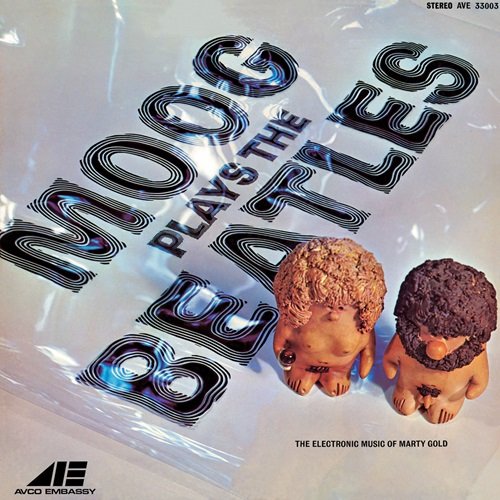
![Lionel Hampton - Jam Session (Remastered) (2022) [Hi-Res] Lionel Hampton - Jam Session (Remastered) (2022) [Hi-Res]](https://www.dibpic.com/uploads/posts/2025-12/1766651558_e3euc7osig6ec_600.jpg)
